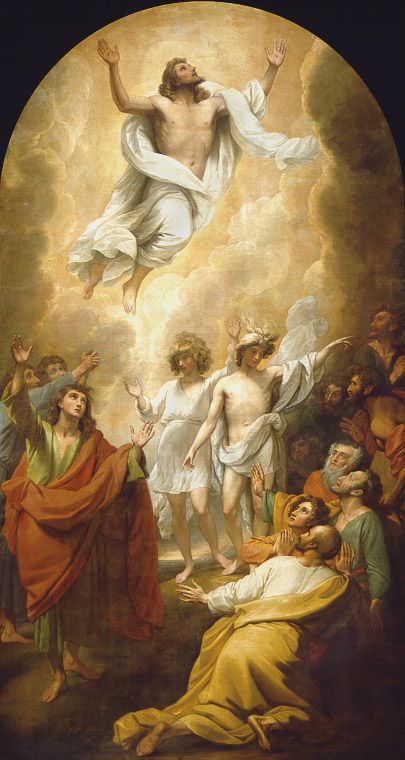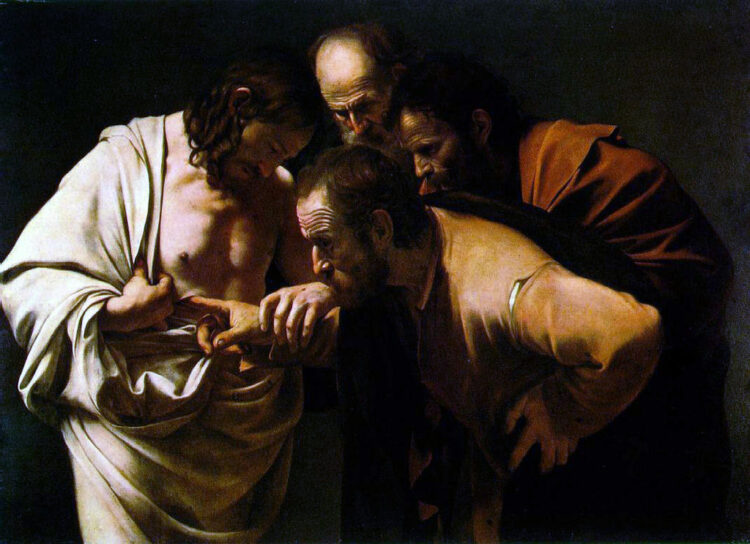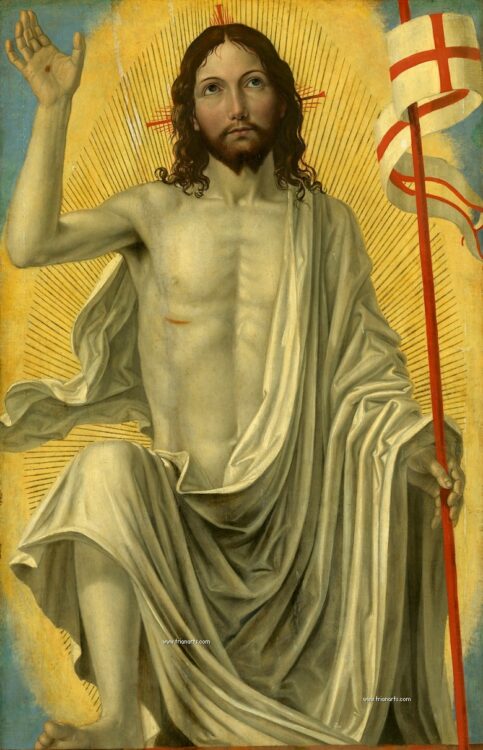The Festival of the Ascension of our Lord is a major day in the Christian liturgical calendar. There’s also some mystery about it. The homily here sorts out some of the issues and provides a contemporary interpretation.
Readings for Ascension Day:
Acts 1:1-11
Luke 24:44-53
Only Luke gives us a dramatic departure of Jesus from his disciples on the 40th day after his resurrection. That’s what this liturgical day commemorates.
However, Luke also ends his Gospel with the ascension of Jesus, and there it seems to take place on the same day as his resurrection.
How could the same author give us two different chronologies? The only way to reconcile this seeming contradiction is to conclude that Jesus returned to the Father after his resurrection.
But the resurrection and ascension were not the same event, because in the Gospel of John Jesus tells Mary Magdalene not to embrace him because he has not yet ascended to the Father. Some have wanted to see the resurrection as a spiritual event. Jesus’ spirit ascended to the Father. That won’t work. Jesus rose from the dead bodily and ascended bodily. That’s what Luke’s ascension stories reenforce.
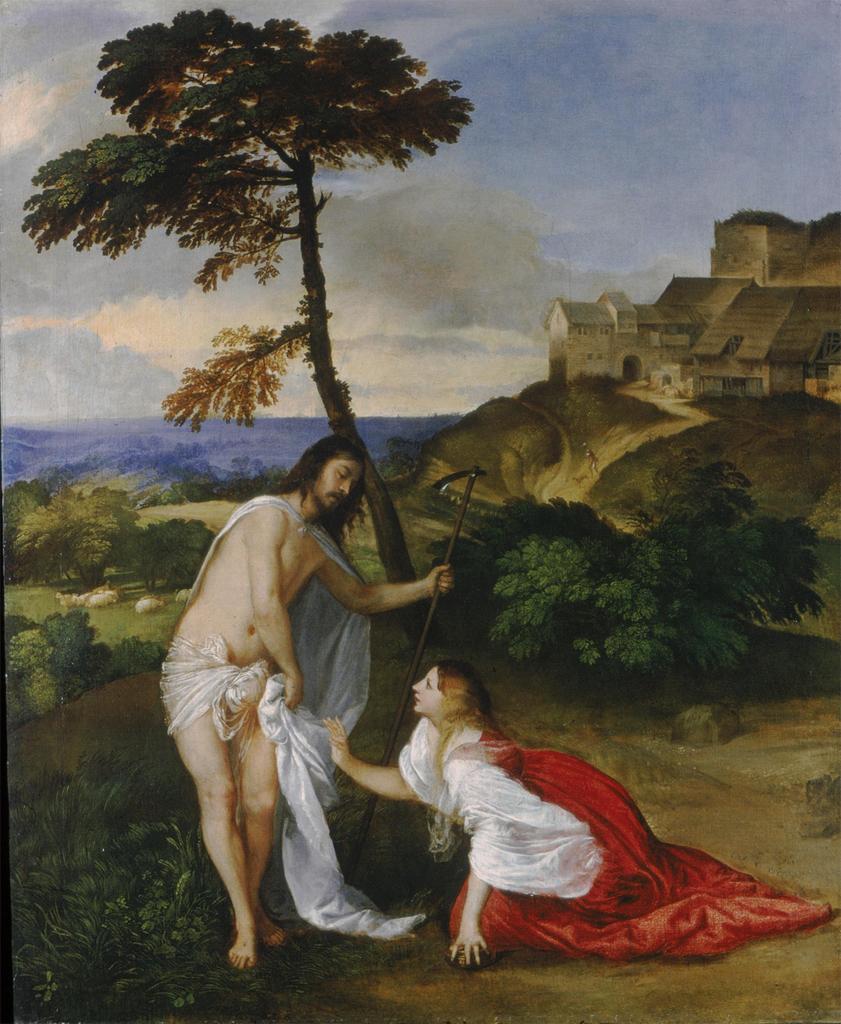
Titian, ca. 1524
In the time after his resurrection Jesus appears to his disciples numerous times – on the road to Emmaus, in the upper room, on the shore of the Sea of Galilee, and then on the Mount of Olives. He’s teaching them, but not traveling with them. It would seem that he appears to them from heaven, as, in fact, he also appeared to Saul of Tarsus on the road to Damascus. In other words, Jesus is moving back and forth between two dimensions – heaven and earth.
The point of the dramatic ascension on the 40th day would be to demonstrate to the disciples that they could no longer be with him in the way they had known him and traveled with him during his earthly ministry. Instead, they were to wait for “power from on high” – the Holy Spirit – to empower them for the worldwide mission of the gospel – from Jerusalem to the ends of the earth.
Jesus would be present with them in the way he demonstrated during the 40 days (which in the Bible is a sacred number of days or years for divine-human interaction). How would he be present? In meals. Think about it. He broke bread with the two disciples on the way to Emmaus. He shared food with the disciples in the upper room. He cooked breakfast for them on the beach. In the sacramental meal of bread and wine that he instituted the night before his death, and told the disciples to continue to “do this for my remembrance” (the Greek word for remembrance, anamnesis, means reactualization), we continue to be with Jesus and take him into our lives.
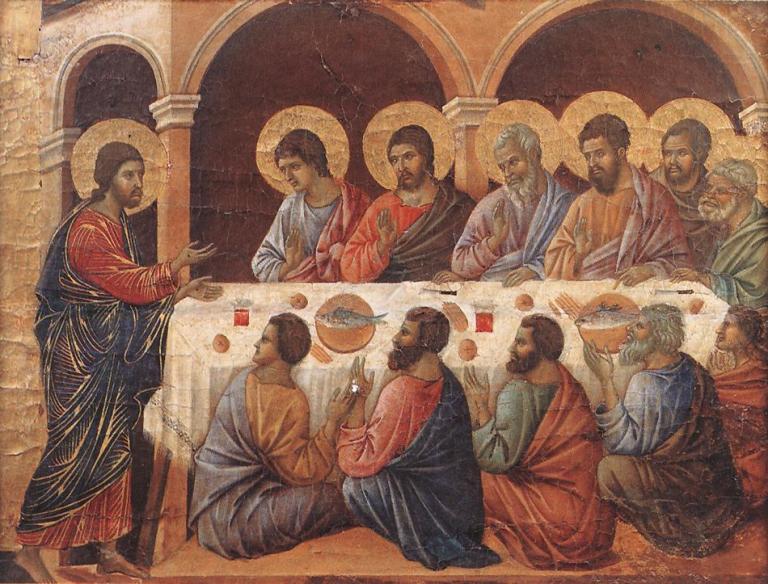
Duccio di Buoninsegna, Appearance of Jesus While the Apostles are at Table
In the meantime, Jesus is in heaven at the right hand of the Father, interceding for us. That’s why all our Christian prayers are “through Jesus Christ our Lord.” But he also promises to come again. The two men who attend his ascension event (were they the same two men Luke reports as being at the empty tomb?) tell the disciples that he will come again in the same way as he departed from them – in the cloud. The cloud is a common symbol for the divine presence in the Bible. Clouds conceal more than reveal. We can’t see where Jesus goes. It’s not up in the sky. It’s a different dimension, like a parallel world. Thus, heaven may be closer to us than we think.
Novelists and film makers often portray parallel worlds in their stories. C. S. Lewis portrayed parallel worlds in his Narnia stories. The space between Earth and Narnia is the wardrobe. We love the concept but regard it as fantasy because it doesn’t fit into our modern scientific cosmology (although some scientists speak of parallel universes).
Heaven and Earth occupy different spaces, and it would seem that ne’er the twain shall meet. But God’s saving act in the life, death, resurrection, and ascension of Christ has reconciled Heaven and Earth. The tomb was the space between death and resurrection, earth and Heaven. After his resurrection Christ ascended into Heaven. But Christ then passed back and forth from one dimension to the other as he continued to meet with, instruct, and commission his apostles. These comings-and-goings were of the risen AND ascended Christ. The dramatic lift off of Christ in Luke 24 and Acts 1 served the purpose of informing his disciples that they would no longer relate of Jesus as they did in his earthly ministry.

Eastern Orthodox church buildings are noted for their icon screens (iconostases) that separate the sanctuary (altar area) from the nave (the assembly’s area). The sanctuary symbolizes Heaven and the nave symbolizes Earth. The liturgical ministers pass back and forth between these two spaces or dimensions through the royal doors during the liturgy to bring the word and the sacraments to the people and to take the prayers of the people to God. The doors are like Lewis’ wardrobe: they are the space between two worlds.

Doors or thresholds are called limen in Latin. Anthropologist Victor Turner talked about liminality as the betwixt-and-between experience between one reality (what we leave behind) and another (what we are incorporated into) in rites of passage like initiation. There’s a sense in which Christians live their lives in the space between this world and the life of the world to come. Our daily existence is liminal, on the threshold between two realities. Space is where we live our lives. In space we continue to meet with Jesus in the word and sacraments. And we are empowered by the Holy Spirit to make the reality of Christ known in the world.
Pastor Frank
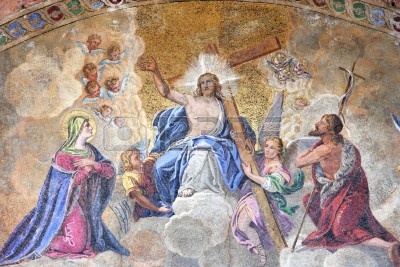
Mosaic of the Ascension of the crucified and risen Christ in St. Mark’s Cathedral, Venice

